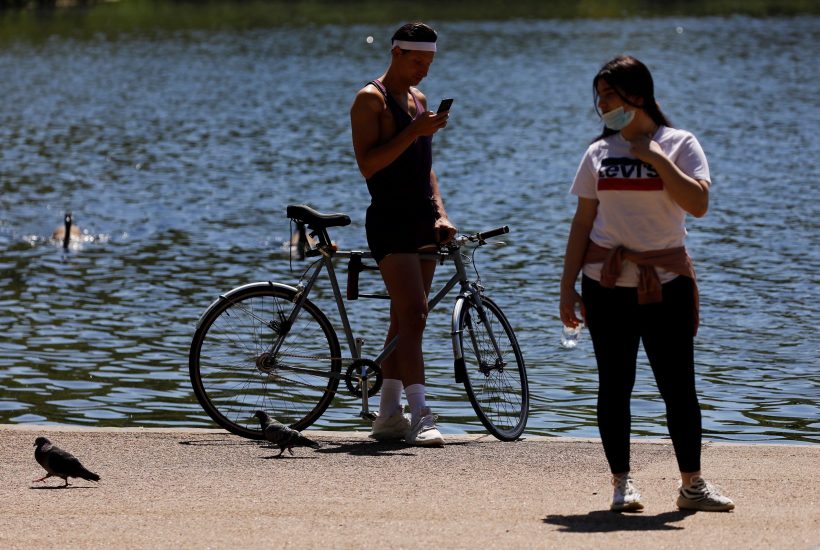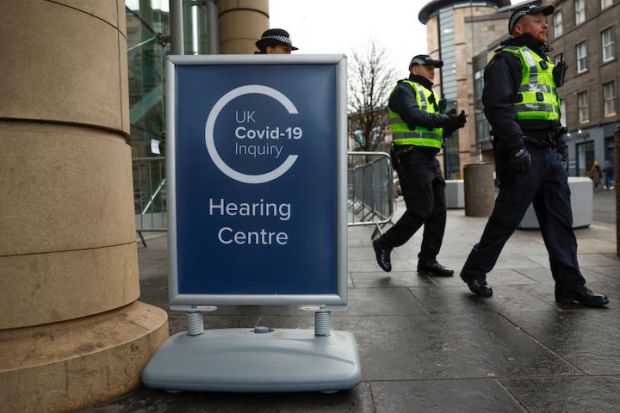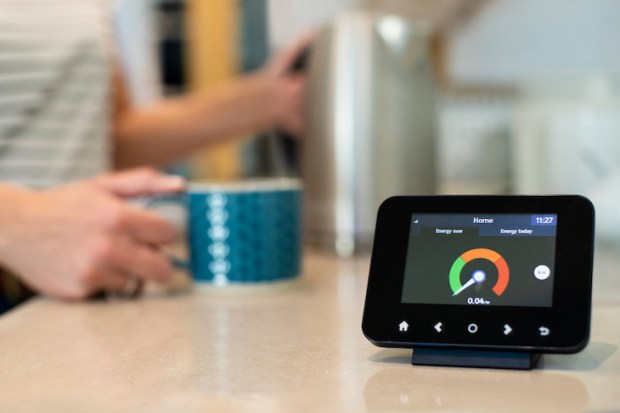It has been clear from the outset of the Covid-19 pandemic that there is a very steep age profile to its victims: with few children and teenagers experiencing serious symptoms while their grandparents suffer a high death toll. But what about the numbers of people infected? Two studies, in Britain and Sweden, appear to show that when it comes to infections, as opposed to deaths and hospitalisations, there is an inverse profile, with young people are contracting Covid-19 at a higher rate than the elderly.
This week, Public Health England (PHE) announced initial results of the antibody tests which should help us solve the great unknown: just how many of us have had Covid-19, whether we experienced symptoms or not? PHE describes its findings so far as ‘crude’ and intended them to be read by the diagnostics industry only, but they nevertheless show a very distinct pattern – that the chances of being infected are highest among young adults and then decline steadily with age. A photograph of the document obtained by the Health Service Journal shows, for example, that in London in the week of 6 April, just over 10 per cent of 17 to 29-year-olds appear to have had antibodies indicating they had contracted Covid-19 – about half as many again as among 60 to 70-year-olds. The graphs produced by PHE do not show infection rates among the under 17s nor among the over 70s. The results also suggest how quickly the infection was spreading in late March – in the space of a fortnight the proportion of young people who had had the disease seems to have grown from 3 per cent to 10 per cent.
A similar age profile in infections has been identified by the Swedish Public Health Authority. The authority took samples from 1,104 people in the week of 27 April and found that 6.7 per cent of 20 to 64-year-olds had antibodies, suggesting they had been infected with Covid-19. Among 65 to 70-year-olds it was just 2.7 per cent. In this case, children were also found to have lower rates of infection – 4.7 per cent of 0 to 19-year-olds had the antibodies. Across all age groups, Stockholm was found to have the highest infection rate, with 7.3 per cent showing presence of antibodies.
These are quite low rates of infection given that Swedish authorities have previously claimed that Stockholm is close to herd immunity. Sweden’s chief epidemiologist explains that it takes several weeks after infection for someone to develop antibodies. The same presumably applies to the PHE study – when we look at the levels of antibodies in London in the second week of April we are really looking at the incidence of the disease three weeks earlier than that – which suggests 1 in 10 young Londoners was already infected before lockdown was introduced.
Comparing the raw PHE and Swedish figures would appear to suggest that London might have a higher infection rate than Stockholm – in spite of the lockdown in Britain and the absence of one in Sweden.
It perhaps shouldn’t come as much of a surprise that young people have the highest rate of infection: they do, after all, tend to indulge in the highest amount of social mixing. Many also live in shared housing – so the opportunities for them to contract the virus are much greater. But the figures do seem to underline the gulf in Covid-19: that the mortal dangers of disease rise very steeply with age, and that if the world was entirely made up of young people we wouldn’t be much bothered about it.
Got something to add? Join the discussion and comment below.
Get 10 issues for just $10
Subscribe to The Spectator Australia today for the next 10 magazine issues, plus full online access, for just $10.





















Comments
Don't miss out
Join the conversation with other Spectator Australia readers. Subscribe to leave a comment.
SUBSCRIBEAlready a subscriber? Log in